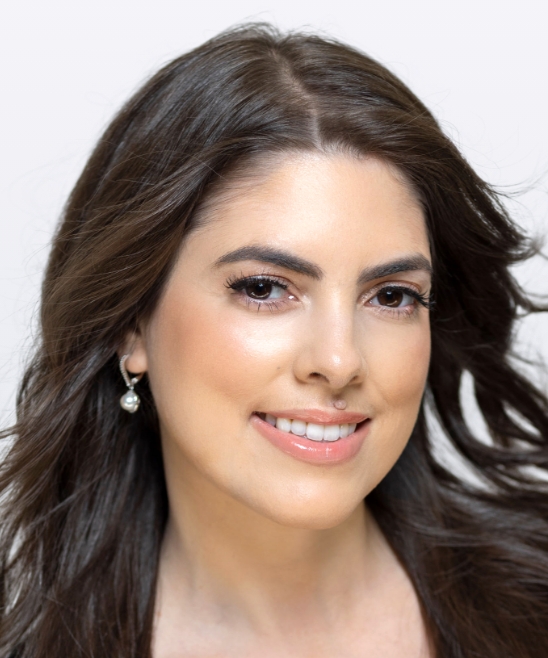Gulf Coast Medical Center Dermatology & Aesthetics
11522 US Highway 19, Building B
Port Richey, FL 34668
Phone: (727) 318-5515
Moles and Lesions
Moles and lesions are common skin irregularities that usually pose no risk to your health. Even though they are typically benign (harmless), it is important to monitor them because they could be an early sign of an underlying condition, such as skin cancer. Even when non-cancerous, some moles and lesions may cause someone to feel self-conscious. Our dermatology providers diagnose and treat moles and lesions at our Trinity, Port Richey, and Spring Hill, FL, locations.
What Are Moles?
Sometimes called nevi or beauty marks, moles are spots that can appear brown, tan, pink, or sometimes blue. They can be flat or raised, and they may be present at birth or develop later in life. They may be anywhere on the skin and can grow or change in appearance over time.
If you notice a mole changing or the sudden appearance of a new mole, you should schedule an appointment with a dermatologist to ensure the changes don’t signal skin cancer. Hormonal fluctuations during puberty or pregnancy can often trigger changes in how moles look.
When Should You Schedule a Mole Check?
Moles usually remain unchanged throughout your life. Certain tell-tale signs called the ABCDEs should prompt you to schedule a mole check at Gulf Coast Medical Center Dermatology & Aesthetics.
Asymmetry (part of the mole doesn’t look like the rest of the mole)
Border irregularity
Color that is not uniform
Diameter is more than 6 mm (about the size of a pencil eraser)
Evolving size, shape, or color
How Are Moles Treated?
No treatment is necessary for most moles unless you’re self-conscious about their appearance. Makeup may help camouflage a mole, but surgical removal is also possible. Mole removal is a common dermatologic surgical procedure that, in most cases, is performed as outpatient surgery. Your dermatologist will numb the area around the mole before meticulously excising it. If warranted, we will screen the mole for cancer or other diseases.
What Are Skin Lesions?
Skin lesions is an umbrella term that covers a wide range of marks, spots, growths, or other abnormal changes in the skin compared to the surrounding tissue. Some common types of skin lesions include:
- Freckles
- Skin tags
- Lentigines (age spots)
- Seborrheic keratosis
Acne is another common type of skin lesion. Most skin lesions are harmless; others, such as actinic keratoses, are precancerous lesions that require treatment. Genetics, sun exposure, and age are primarily responsible for the appearance of skin lesions.
How Is Actinic Keratosis Treated?
Sun exposure causes actinic keratosis, which appears as small areas of thick, scaly crust on the skin. It usually develops after age 4O in people who have spent much of their lives in the sun. If left untreated, the lesion can develop into skin cancer. If a dermatologist diagnoses actinic keratosis, you’ll have some treatment options that may include topical medications applied at home. This treatment is often recommended if you have multiple actinic keratoses.
Actinic keratosis treatments provided at our dermatology clinics include:
Levulan Photodynamic Therapy (PDT)
Photodynamic therapy involves a 2-step treatment that begins with the application of Levulan, a photosensitizing agent that is then stimulated by blue-light therapy. The light activates the solution, which can destroy the keratoses. As the treated skin heals, you’ll see new, healthier skin. We also treat sun-damaged skin, acne, and signs of aging with Levulan PDT. Patients often need 2 treatments spaced several weeks apart to treat actinic keratosis successfully. It’s also important to remain indoors during the day during the first 48 hours after treatments, even on cloudy days.
Chemical Peel
A medical-grade chemical peel applied by one of our dermatology providers destroys the unwanted patches in your top layer of skin. The strength of the peel can be customized for your specific needs. In the first few days, the treated area will be sore and red. As the skin heals, you will see a new, healthy layer of skin.
Curettage and Cautery
For especially thick lesions, your dermatologist may recommend using a special instrument called a curette to scrape or cut away the lesion after numbing the skin. Once the lesion is removed, the wound is cauterized—heated—to stop the bleeding.
Choose Our Specialists for Your Moles or Skin Lesion Treatment
Our dermatology team has the experience and training to diagnose and treat moles and skin lesions safely and effectively. After a thorough skin examination, your dermatology provider will recommend a treatment plan for you. Request a consultation at Gulf Coast Medical Center Dermatology & Aesthetics using the online form or call us at (727) 318-5515 to schedule an appointment.

